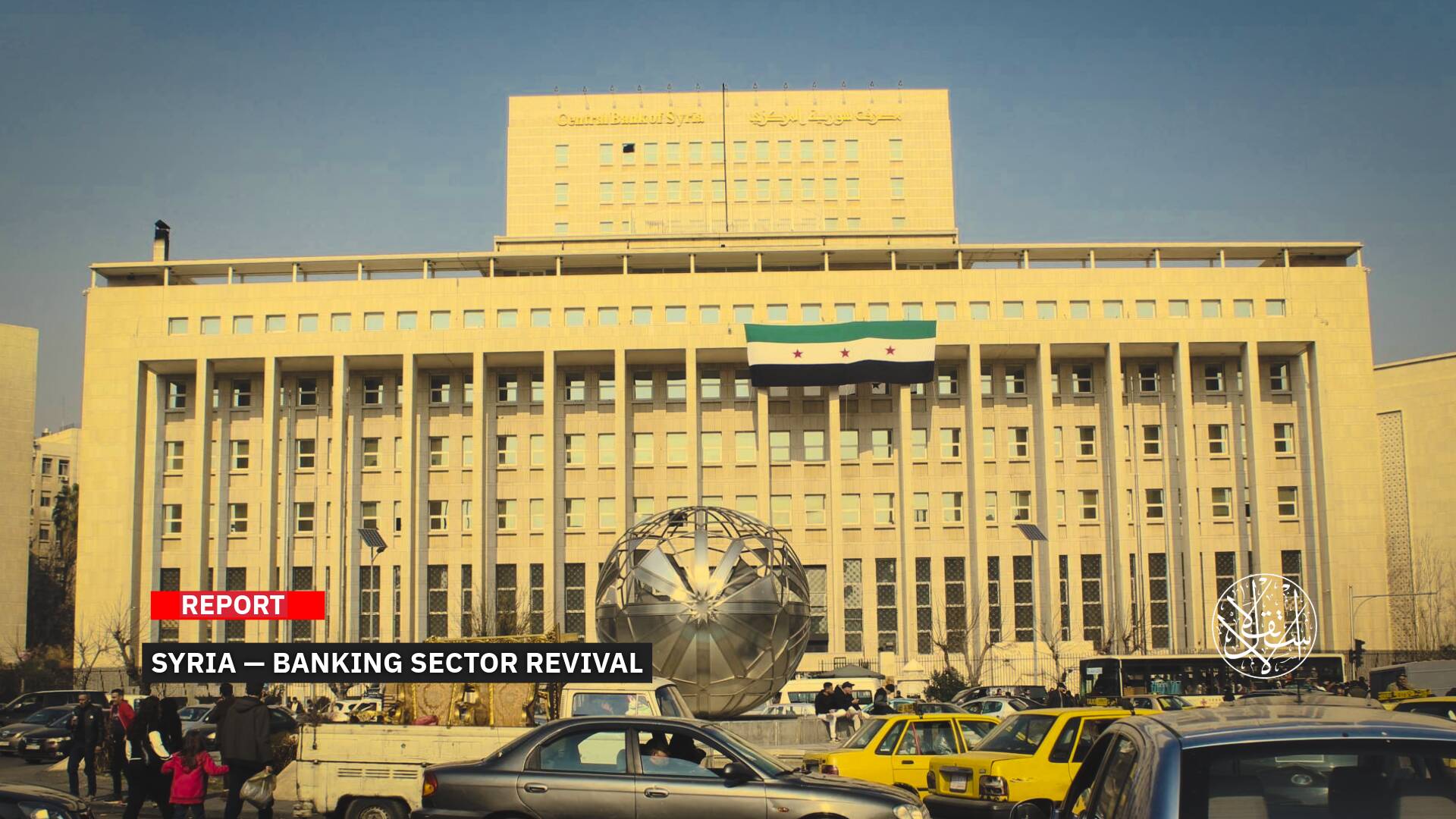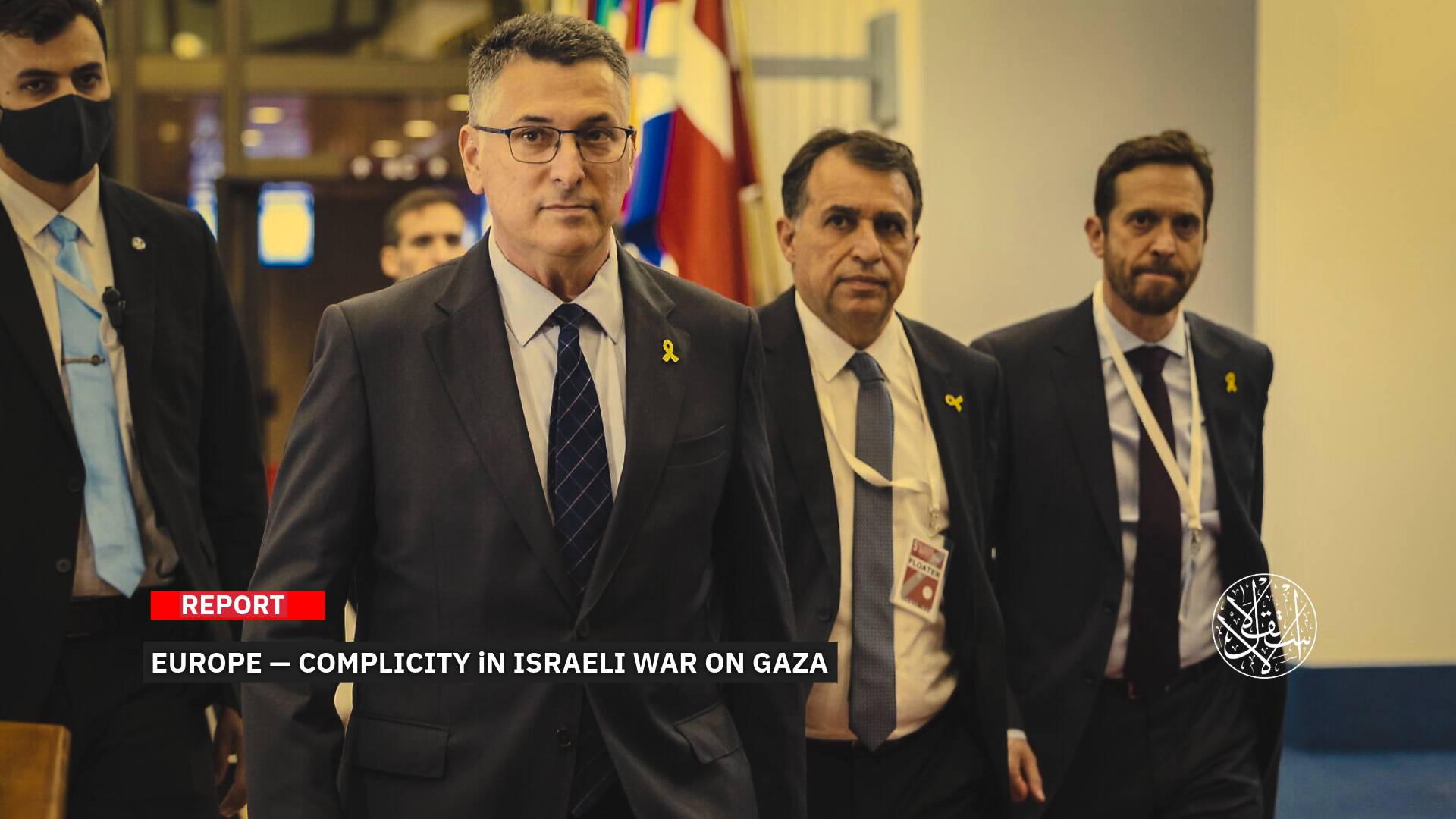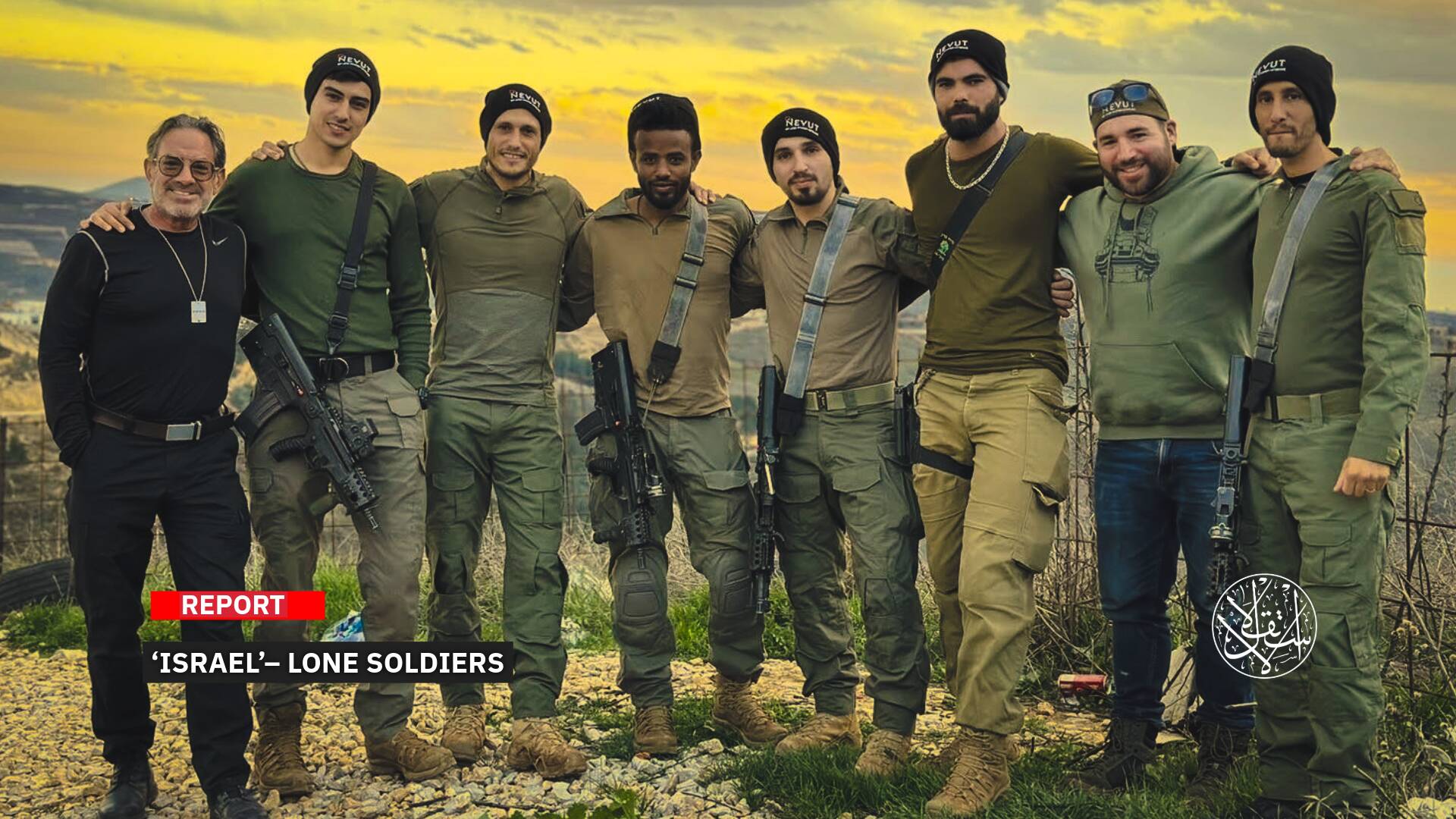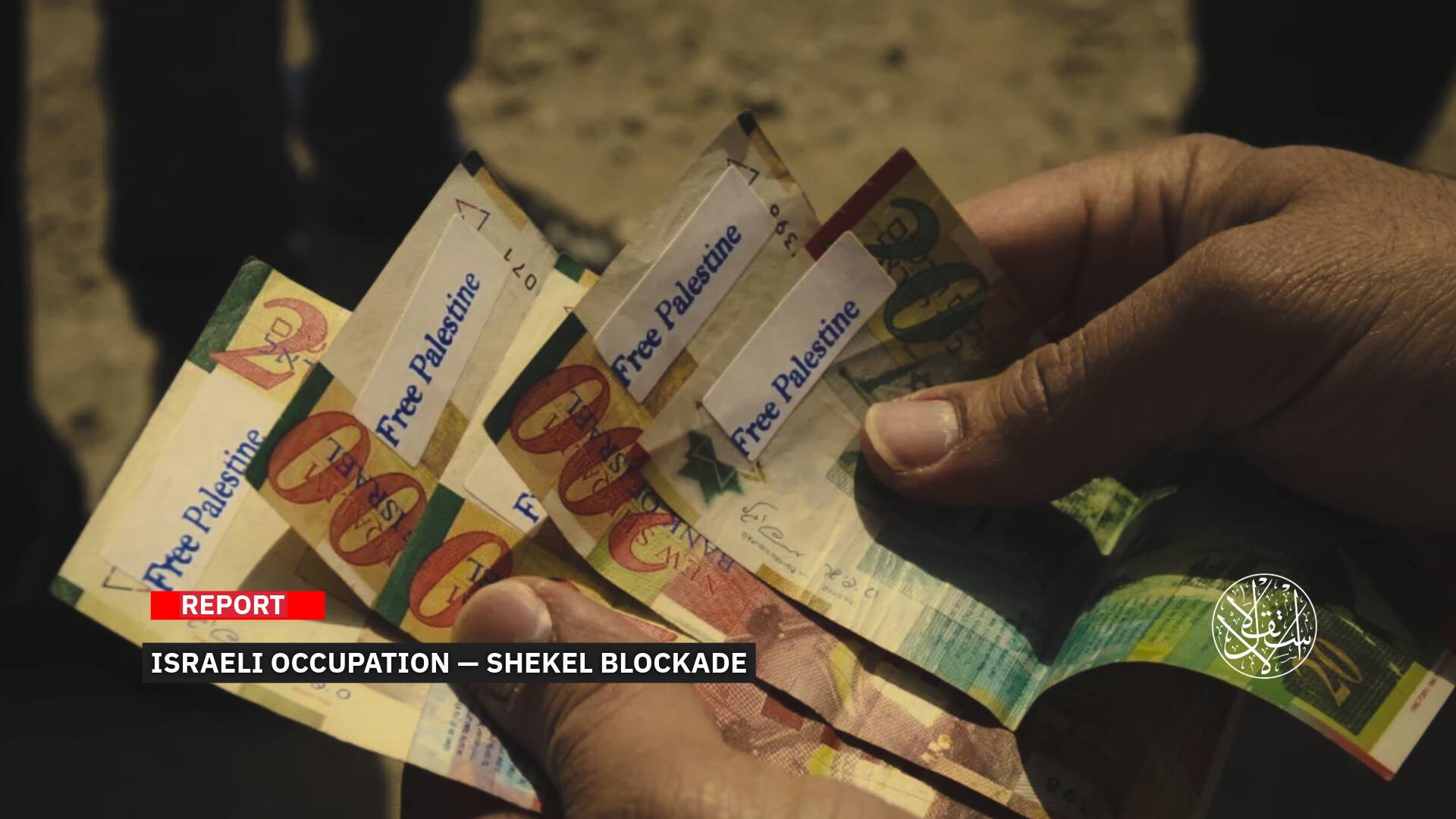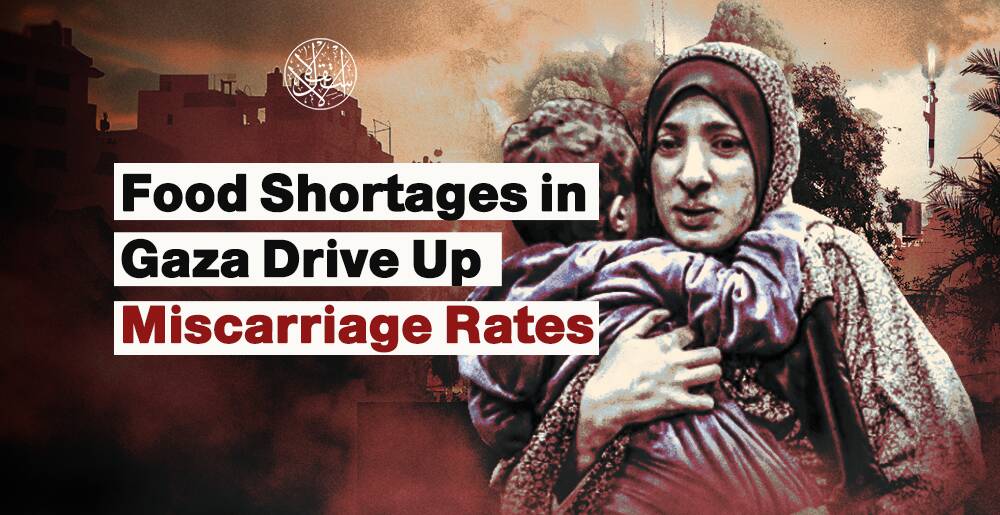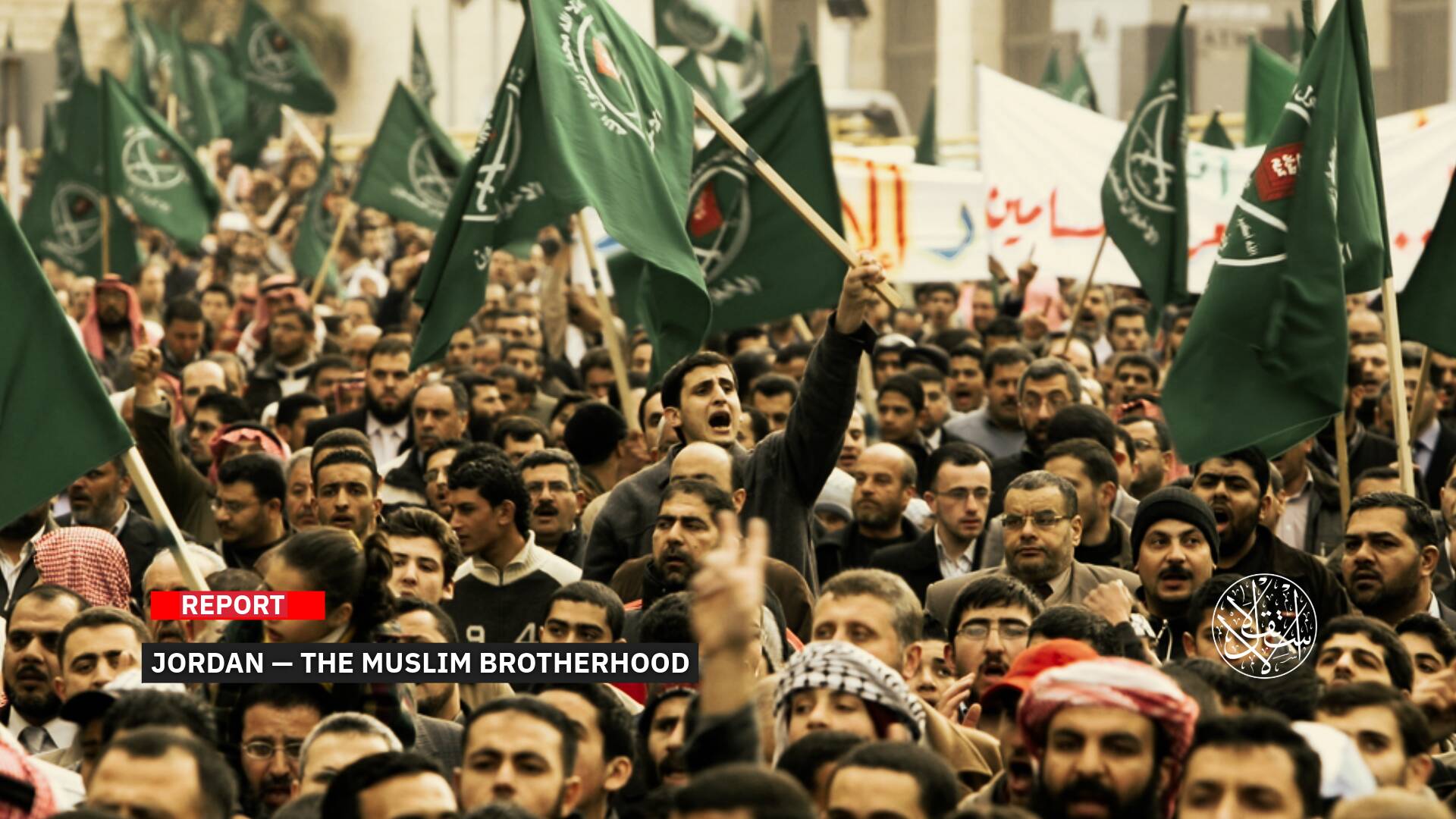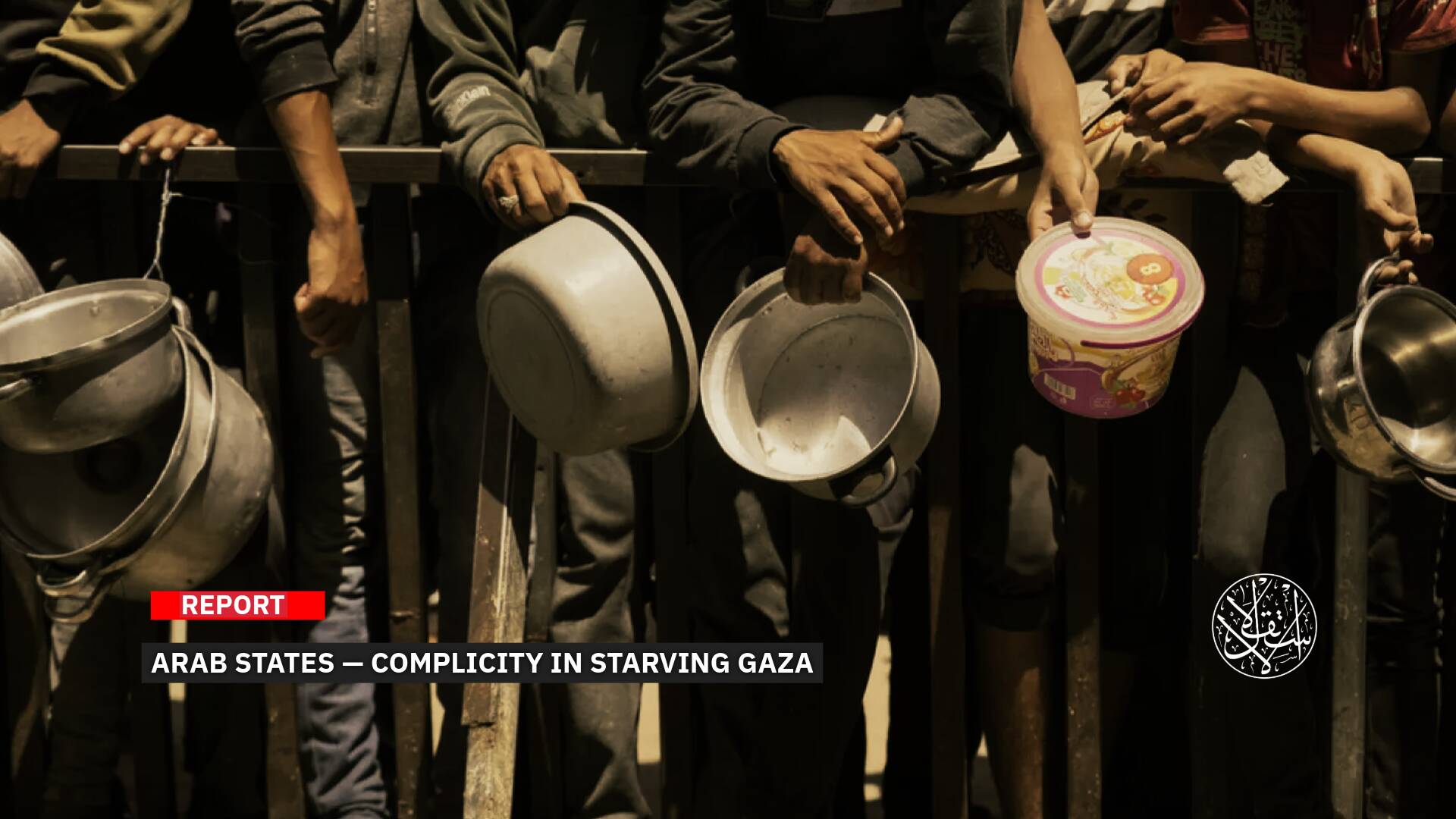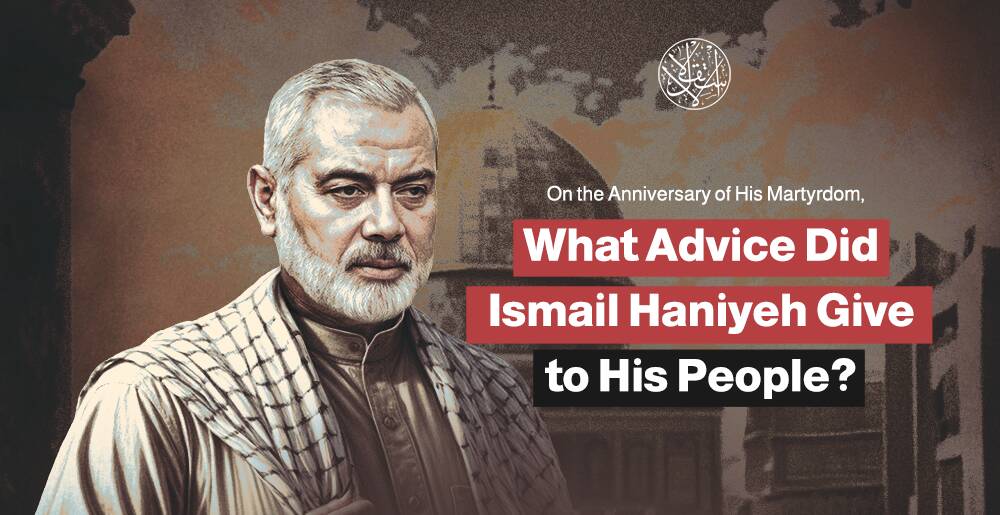‘Fatemiyoun and Zainabiyoun’ Militias in Iraq: Aftermath of al-Assad's Fall and Regional Instability

Multiple Sources confirm the presence of Zainabiyoun and Fatemiyoun militias in Iraq.
With the fall of Bashar al-Assad's regime in Syria, the Iranian militias that had been defending him since the outbreak of the Syrian Civil War in 2011—under the pretext of protecting "holy Shiite shrines"—have fractured.
While Hezbollah returned to Lebanon, the majority of these militias fled to Iraqi territory.
Not only did the Iraqi militias withdraw to the land of the two rivers, but those established in Iran also reached Iraq, coinciding with al-Assad’s flight to Russia on December 8, 2024, and the Syrian opposition factions' takeover of Damascus.
The arrival of numerous Iranian militias in Iraq has raised significant questions about the nature of these military groups and why they have not returned to Iran.
Speculation is mounting over whether they will be settled permanently in Iraq, especially given the absence of any official Iraqi account regarding the fate of thousands of these fighters.
‘Zainabiyoun and Fatemiyoun’ Militias
In recent days, attention has focused on the "Zainabiyoun" militia from Pakistan and the "Fatemiyoun" militia from Afghanistan, both of which were formed by Tehran from the Shiite populations of these countries who were residing in Iran.
They, alongside Iraqi and Lebanese militias, were sent to fight alongside the Assad regime when the Syrian Civil War erupted.
A 2014 study by the Syrian Network for Human Rights revealed that the number of Shiite militias fighting in Syria was no less than 35,000 fighters, the majority of whom hailed from Iraq, Lebanon, Iran, and Afghanistan.
According to Iraqi news agency Baghdad Today, "Members of the Zainabiyoun and Fatemiyoun militias have been spotted in Iraq's Diyala province, which borders Iran, after returning from Syria. Tehran has asked its allies in Iraq to delay sending them back to their home countries."
A report from January 22, 2025, clarified that “These militias have settled in Camp Ashraf in Diyala, the site where the Iranian opposition group Mojahedin-e-Khalq was based before being expelled from Iraq in 2013.”
On the same front, Iranian opposition journalist, Truske Sadeghi, stated on X on January 22 that "the Fatemiyoun and Zainabiyoun forces entered Iraq after withdrawing from Syria following the fall of Assad’s regime, and have stationed themselves at Camp Abu Muntadhar al-Muhammadawi, or the former Ashraf camp."
Sadeghi cited "informed sources" (unnamed) who revealed that "Tehran has requested that Iraq show patience in returning them."
An Iraqi political source, speaking to Al-Estiklal on condition of anonymity, confirmed that "the Zainabiyoun and Fatemiyoun militias, along with other factions, have been present in Iraq since the fall of Assad’s regime. Thus, their presence is known to the Iraqi authorities, who remain silent on the matter."
According to the source, "These Pakistani and Afghan militias are expected to settle in Iraq for reasons that remain unclear, a situation that has raised concerns among many Iraqi politicians, especially with Donald Trump now in charge of the White House. His administration is strongly opposed to Iranian proxies and could potentially target them."

Iranian Militia Threats
Those following the statements of pro-Iranian Shiite militia leaders regarding Syria may find an explanation for the continued presence of Zainabiyoun and Fatemiyoun fighters in Iraq.
They have issued threats of a potential assault to confront the new Syrian administration under the leadership of Ahmed al-Sharaa, with rhetoric that includes direct warnings to the new leadership.
In this regard, another Iraqi source, speaking on condition of anonymity, confirmed to Al-Estiklal that "Iraqi militias loyal to Iran may intervene in Syrian affairs to destabilize its security, particularly those militias known for fighting alongside al-Assad’s regime during the Syrian revolution in 2011."
The source further explained that "Iraqi militia involvement could take place in areas controlled by the Syrian Democratic Forces (SDF), through an arrangement between the Kurdistan Workers' Party (PKK) and Iran. There are established ties between the two, as Iran supports PKK fighters, who are designated as terrorists by Turkiye."
On January 22, Akram al-Kaabi, leader of the Iraqi Shiite militia, “Harakat Hezbollah al-Nujaba (HaN)”, loyal to Iran, delivered a televised speech in which he stated, "Some may initially think that the Iranian axis has lost in Syria, but with patience, we may yet win Syria and beyond... Our bet is on the free, zealous peoples."
The following day, a senior figure from the Iran-backed Iraqi militia Kataib al-Imam Ali, Ayoub al-Rubayie, better known in the media as "Abu Azrael," vowed an inevitable confrontation with Ahmed al-Sharaa, formerly known as "Abu Mohammed al-Jolani."
On January 23, "Abu Azrael" posted a video on X showing him surrounded by his fighters, with a caption, "Do not show mercy to those who show none, do not grant safety to those who offer no security, and do not pardon those who harm without remorse. For leniency with criminals makes you their prey."
He directed his words to al-Sharaa, stating, "Al-Jolani [...] facing us is inevitable. We will never forget what you have done to our people in Syria, you terrorist," as he put it.
The al-Nujaba militia, led by al-Kaabi, was formed in 2013 by the Iranian Revolutionary Guard Corps, specifically under the command of the late Qassem Soleimani, and was established to fight in Syria. Likewise, Kataib al-Imam Ali, led by Shibl al-Zaydi, was formed in 2014.
Terrorist Organizations
All of these Iran-backed militias operating in Iraq have been designated by the United States as "terrorist organizations," having first appeared in Syria to fight alongside the regime after the outbreak of the Syrian Civil War, and continuing their presence until President Bashar al-Assad's flight to Russia.
The Fatemiyoun brigade, formed in 2014, is entirely composed of Afghan Shiites. It was established by Ali Reza Tavassoli (known as Abu Hamed) to fight the Syrian opposition, with funding and training provided by the Iranian Revolutionary Guard Corps (IRGC).
In March 2015, the Iranian Fars News Agency reported the death of Ali Reza Tavassoli in Tell Qrine, Daraa province, during battles with Syrian opposition forces.
The brigade is estimated to have around 3,000 fighters, though Iranian sources claim the number is as high as 14,000, a figure confirmed by the deputy commander of the Fatemiyoun Brigade, Seyed Hassan Hosseini, better known as "Seyed Hakim."
On March 12, 2017, Mohammad Ali Shahidi Mahallati, head of the Iranian Foundation of Martyrs and Veterans Affairs, announced that Iran's Supreme Leader Ali Khamenei had ordered the granting of Iranian citizenship to Afghan fighters in the IRGC’s Fatemiyoun brigade.
As for the Zainabiyoun brigade, it was formed in 2013 and is made up of Pakistani Shiites who left their country, allegedly due to "sectarian or political" reasons, and moved to Iran, where they received religious education in cities like Qom and Mashhad.
The IRGC’s Quds Force recruited members of Pakistan’s Hazara Shiite community into the Zainabiyoun brigade, offering Iranian citizenship and attractive monthly salaries.
Some estimates put the number of fighters at around 5,000.

On April 12, 2024, Pakistan’s Ministry of the Interior officially classified Zainabiyoun brigade as a “terrorist organization,” citing its involvement in activities that “harm peace and security” within the country, as reported by Voice of America.
On November 23, 2017, the United States placed the Iraqi militia al-Nujaba on its terrorism list, affirming that the group received arms and training from the Iranian Quds Force and consulting from Lebanon’s Hezbollah.
The U.S. Congress further noted that al-Nujaba had sent fighters to Syria to defend Bashar al-Assad’s regime, including playing a central role in the 2016 siege of Aleppo in northern Syria.
In 2018, U.S. sanctions targeted Shibl al-Zaydi, leader of Kataib al-Imam Ali militia, along with other figures, due to their "pivotal role in supporting Hezbollah’s activities in Iraq," according to Agence France-Presse.
The U.S. Treasury Department then emphasized that Shibl al-Zaydi was a key coordinator between Hezbollah, the Quds Force, and their supporters in Iraq.
Sources
- Contradictory Claims: Did 'Zainabiyoun' and 'Fatemiyoun' Settle at Camp Ashraf in Diyala or Not? [Arabic]
- The Story of 'Zainabiyoun' Militia: From Shrines to Battlefronts [Arabic]
- "Fighting in Syria in Support of Assad" – Pakistan Declares 'Zainabiyoun' a Terrorist Organization [Arabic]
- Across Iraq: Iran-backed Groups Head to Syria to Support the Regime [Arabic]
- Shiite Militias Fighting in Syria [Arabic]
- Liwa Zainabiyoun [Arabic]
- Liwa Fatemiyoun [Arabic]
- Khamenei Grants Iranian Citizenship to Afghan Fighters in 'Liwa Fatemiyoun' [Arabic]
- US Imposes Sanctions on Key Members of Hezbollah in Iraq [Arabic]
- Al-Nujaba Movement: The First Iraqi Shiite Faction on the US "Terrorism" List [Arabic]


